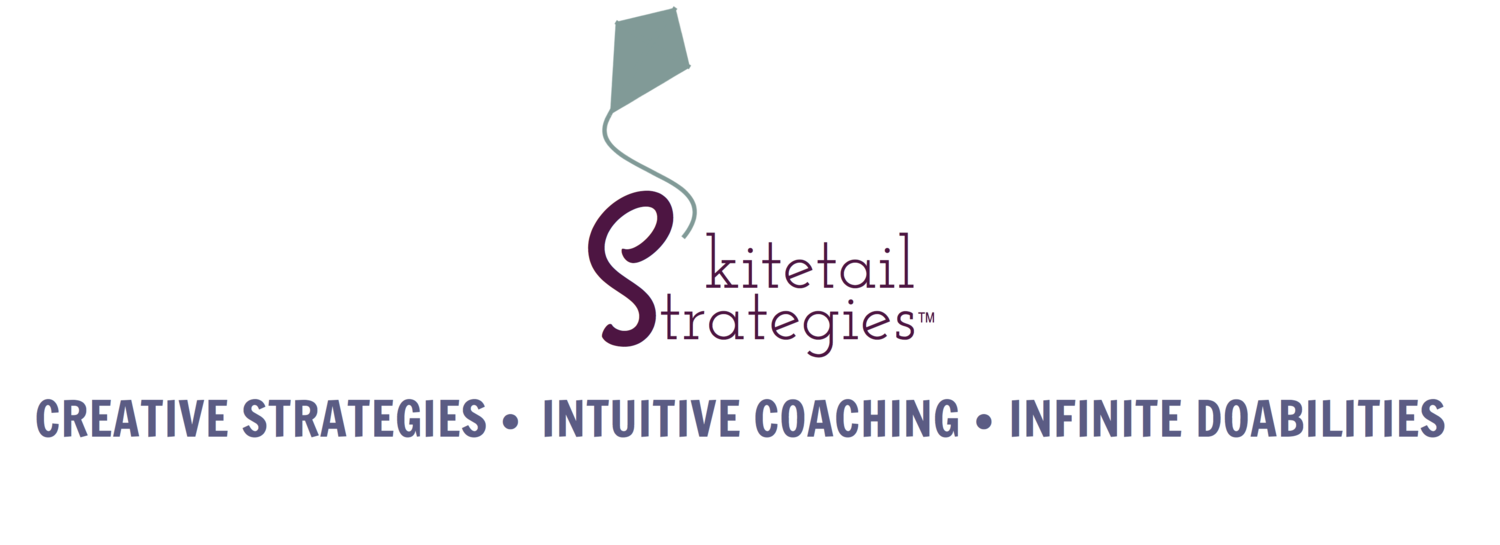I am sharing this article that I wrote in 1989, seven years before my daughter was born. I was 23 years old. I post it, not only because of it's indelible lesson, but because I am always amazed at the timing of its inception, and the path my life has taken.
Perhaps it's the timing and its content that is the message from the Divine - all things are connected, what we think we create, and our "now" is a path to our future.
Those that Teach by Kathy Heck
The Beacon Editor's note: Kathy Heck is a staff trainer for the diocesan Department for Persons with Disabilities. This story was included with the packet of information given to staff and volunteers at the department's staff day in August 1989.
"Why do you think God created them?"
That was a question I was asked from a co-worker while swimming with one of the individuals from our programs. I stopped for a moment.
Why did I think that God created these people with developmental disabilities? This was a good question, yet it wasn't one that I couldn't answer. In fact, I knew the answer right away, for I carry it within my heart. Three words immediately came to mind: trust, simplicity, joy.
So often we go through life pondering the major questions of our existence: Why are we? Why is there suffering? What is my mission? In the programs, we stress time and again that staff members are to be role models for these people, so that they will experience "normalization," and be integrated into the community. How often do we stop and allow ourselves to be taught by these "special people"?
The man that I was swimming with was not a man who held a job or could cook a simple meal without assistance. As a matter of fact, this man could not even speak a simple sentence. Yet, what he can teach the world, is what Jesus himself came to teach: trust, simplicity, joy.
When asked by the Pharisees how the kingdom of God can be obtained, Jesus replied, "Be as children." Trust. Simplicity. Joy. These are the childlike qualities that make these people so special. It is through these qualities that we are taught and ministered. We are no longer those that are role models, but those that are served. So often we get caught up in our crazy schedules and lives, that we act childish, rather than child-like. The lessons we learn are not new, yet they are often forgotten.
Trust. How hard is it to trust others? God? Ourselves? God calls us to trust in his love for us, to trust that we will be provided for, to be as lilies in the field, to have faith. And yet, so often we deny him that. We decide that we can handle things without him, without prayer. We demand at times to not only control ourselves, but others. These people cannot survive without trust. Their trust is so basic. It is not as if they are trusting that their bills will be paid, or that the phone will ring. They trust that they will be fed, clothed, and bathed. Can we put our basic needs before God and trust that he will provide?
It is through their trusting so implicitly in the caretakers, that we learn about simplicity. Simplicity. How inviting is that word. God calls each of us to live simple lives so that we can concentrate on those things of true importance: family, faith, and service. Isn't it amazing that the lives of these people are so simple, that they don't even realize how well they are serving? Why do we choose to make our lives so complex? Why do we waste so much energy on things that only seem to create more distractions from the important things in life?
The final lesson is in joy. Joy – how often we seek it, yet never find it? Are we looking in the right places? Why is it that these people can experience joy so deeply? Why is it that they, the people who cannot read, cook, or make a bed, have found what we strive all our lives to find? They trust. They are simple. Therefore, they have joy.
It is clear to me why God "created them" – to be role models for us. It is by their example that we can find trust, simplicity, joy, ......God.



